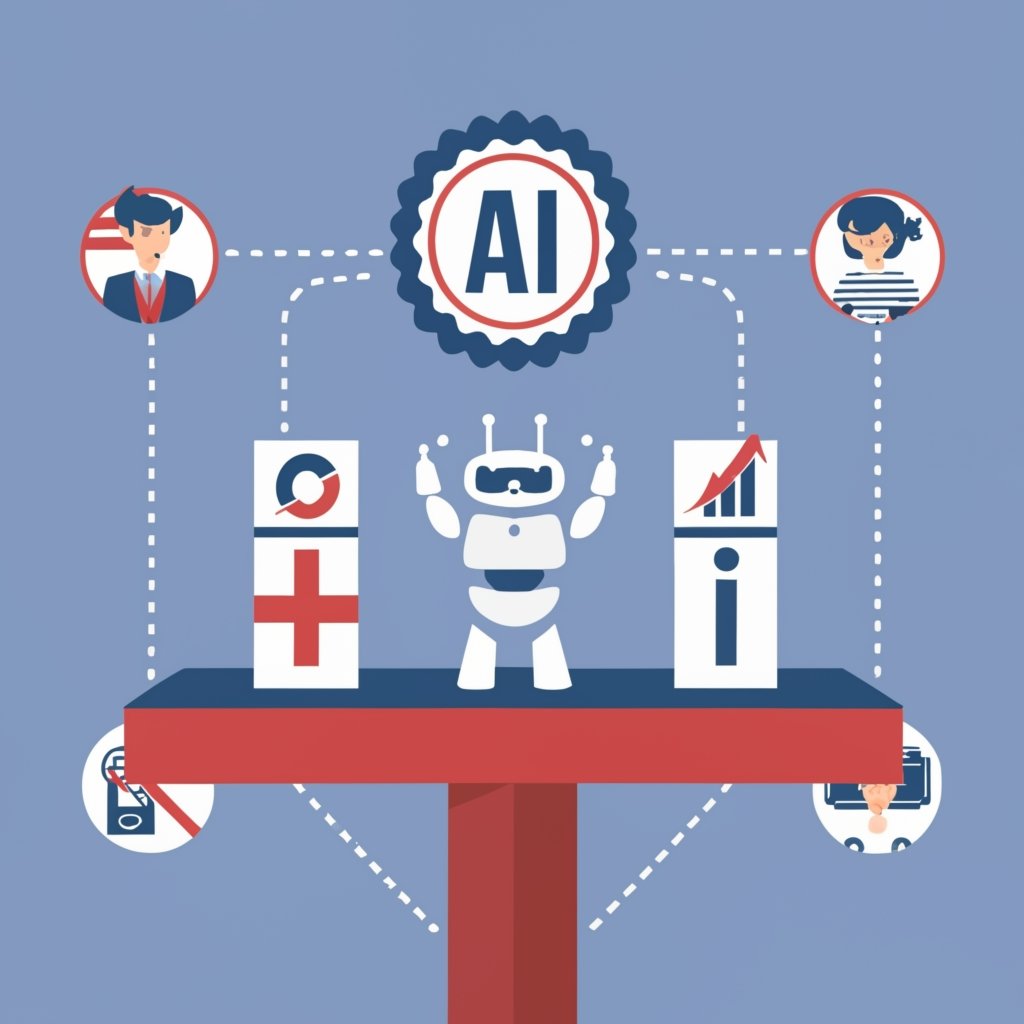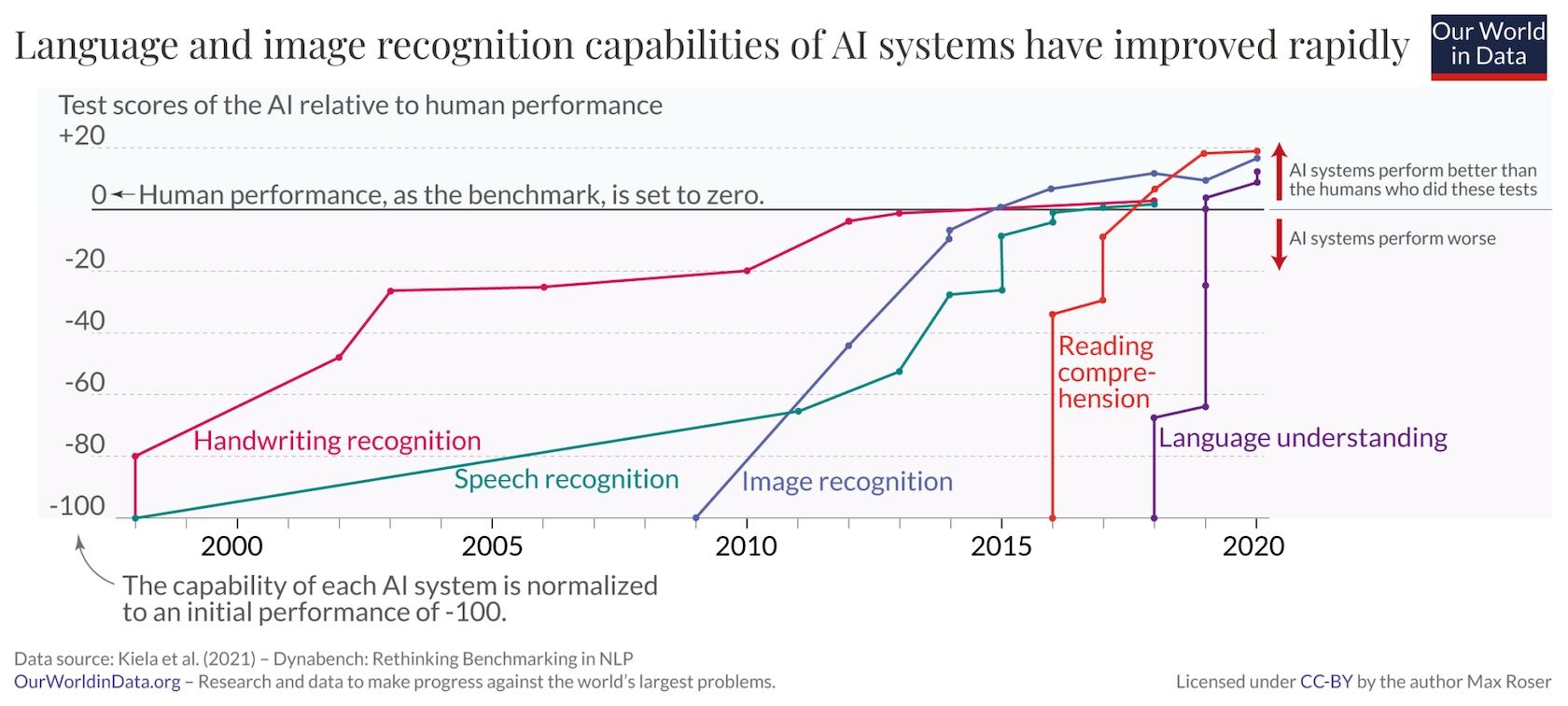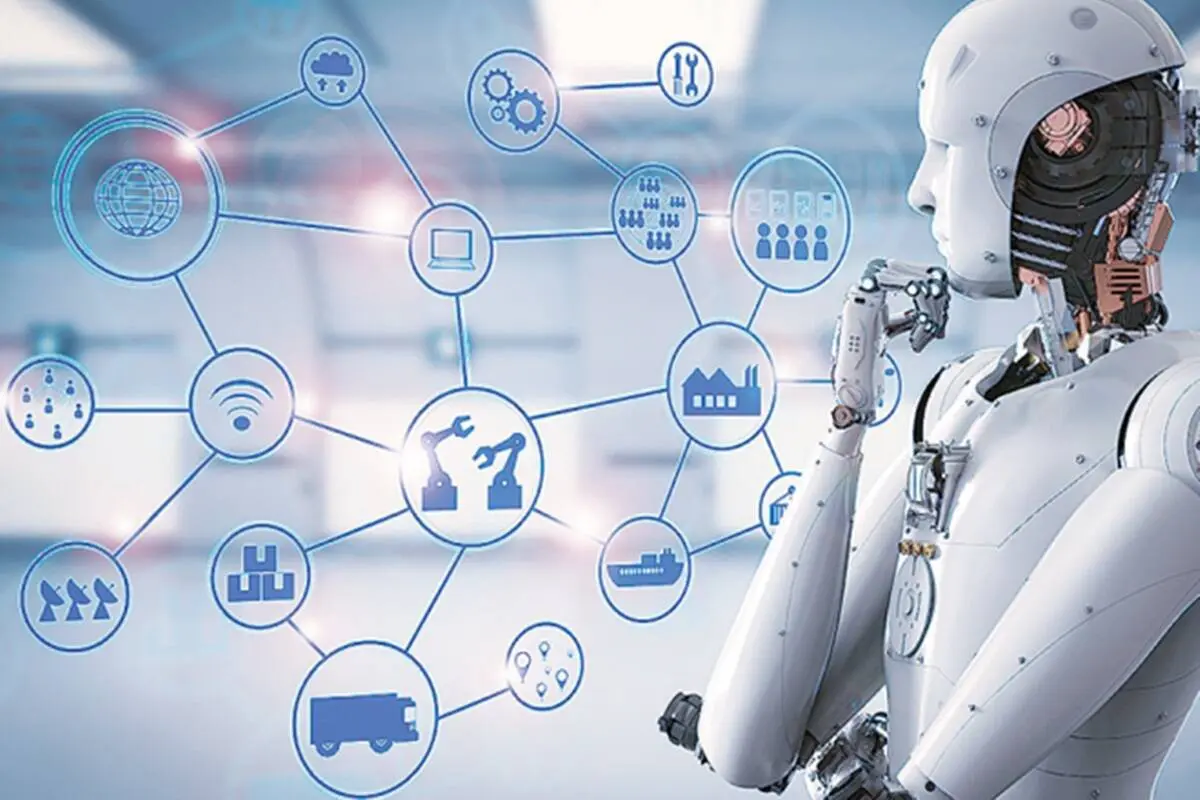Election activities have been accelerated in Pakistan regarding the general election 2024 to be held on February 8. However, this time the focus is on digital campaign rather than traditional print election campaigns.
In the ever-evolving landscape of democracy in Pakistan , the infusion of Artificial Intelligence (AI) into electoral processes has ushered in a new era of campaign dynamics. As political entities navigate the complexities of modern democracies, the integration of AI technologies has become a defining factor in shaping election campaigns. Part 1 of this series delves into the transformative impact of AI on campaign strategies.
Understanding Voter Behavior:
At the core of AI’s influence on elections is its ability to unravel the intricate patterns of voter behavior. Machine learning algorithms, fueled by vast datasets, meticulously analyze social media interactions, public forums, and historical voting patterns. This analytical prowess enables campaigns to gain profound insights into the electorate’s sentiments, preferences, and concerns.
Armed with this understanding, political campaigns can craft targeted messages that resonate with specific demographics. The days of generic, one-size-fits-all campaign strategies are waning as AI allows for a nuanced approach to engage with diverse voter groups. The precision in tailoring messages fosters a deeper connection between candidates and voters, as it addresses issues that genuinely matter to different segments of the population.

Targeted Outreach and Personalization:
AI-driven tools empower politicians to move beyond broad strokes, facilitating targeted outreach and personalized communication. Predictive analytics algorithms can identify key issues for specific voter groups, allowing campaigns to tailor their messages accordingly. This level of personalization not only acknowledges the diversity of concerns within the electorate but also increases the likelihood of resonating with voters on a more individual level.
As a result, political campaigns become more adaptive and responsive to the needs of the electorate. AI’s role in understanding the intricacies of voter preferences marks a paradigm shift, offering campaigns the ability to connect with citizens on a more profound and personal level.
How Ai is making progress
The below image shows a graph of the ability of artificial intelligence (AI) to understand language and image recognition capabilities over time. The graph shows that the ability of AI to understand language and image reception capabilities has improved significantly over the past 20 years. In 2000, AI systems were not able to outperform humans in any of the five domains tested (handwriting recognition, speech recognition, image recognition, reading comprehension, and language understanding). However, by 2020, AI systems had surpassed human performance in all of these domains.
The most dramatic improvements have been in handwriting recognition and speech recognition. In 2000, AI systems were only able to recognize about 10% of handwritten text and 30% of spoken words. However, by 2020, AI systems were able to recognize 99% of handwritten text and 97% of spoken words.
The improvements in image recognition and reading comprehension have been less dramatic, but still significant. In 2000, AI systems were only able to correctly identify about 50% of images and 60% of text passages. However, by 2020, AI systems were able to correctly identify 95% of images and 80% of text passages. The improvements in language understanding have been the slowest of all. In 2000, AI systems were only able to answer about 30% of questions correctly. However, by 2020, AI systems were able to answer about 55% of questions correctly.
Overall, the image shows that AI has made significant progress in understanding language and recognizing images over the past 20 years. It is likely that these improvements will continue in the future, as AI researchers develop new and more powerful techniques.

By seeing the image we can conclude how AI is making progress and we can rely on it, By means of elections all the things needed are facial recognition and fingerprints in which AI is making such good progress.
In Part 2 of this series, we will explore the implications of AI on voter engagement and the safeguarding of electoral integrity, delving into how technology is reshaping the very essence of democratic participation.
– Junaid Awan


